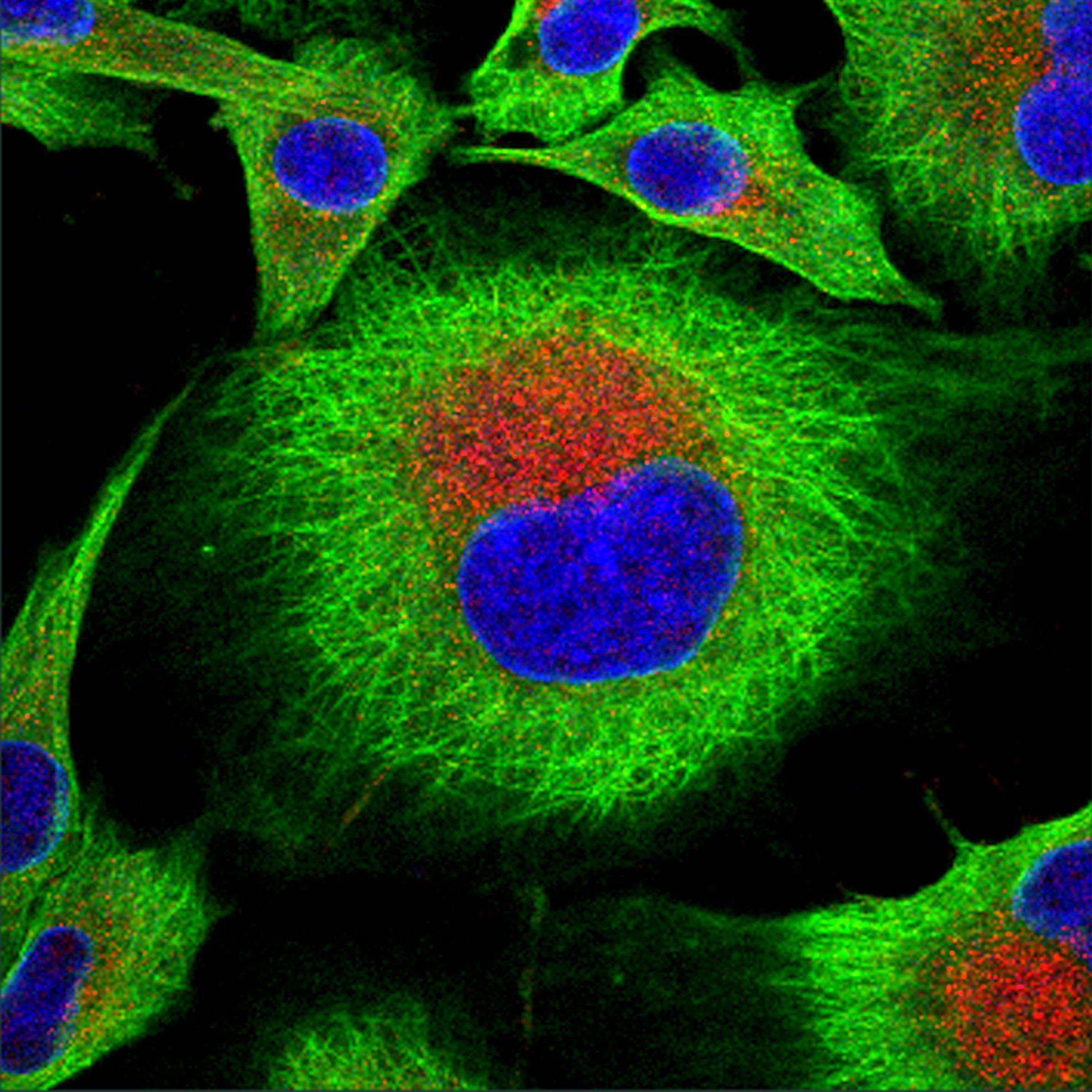Universal detection of foot and mouth disease virus based on the conserved VP0 protein
Background: Foot and mouth disease virus (FMDV), a member of the picornaviridae that causes vesicular disease in ungulates, has seven serotypes and a large number of strains, making universal detection challenging. The mature virion is made up of 4 structural proteins, virus protein (VP) 1 - VP4, VP1-VP3 of which form the outer surface of the particle and VP4 largely contained within. Prior to mature virion formation VP2 and VP4 occur together as VP0, a structural component of the pre-capsid which, as a result of containing the internal VP4 sequence, is relatively conserved among all strains and serotypes. Detection of VP0 might therefore represent a universal virus marker. Methods: FMDV virus protein 0 (VP0) was expressed in bacteria as a SUMO fusion protein and the SUMO carrier removed by site specific proteolysis. Rabbit polyvalent sera were generated to the isolated VP0 protein and their reactivity characterised by a number of immunoassays and by epitope mapping on peptide arrays. Results: The specific VP0 serum recognised a variety of FMDV serotypes, as virus and as virus-like-particles, by a variety of assay formats. Epitope mapping showed the predominant epitopes to occur within the unstructured but highly conserved region of the sequence shared among many serotypes. When immunogold stained VLPs were assessed by TEM analysis they revealed exposure of epitopes on the surface of some particles, consistent with particle breathing hitherto reported for some other picornaviruses but not for FMDV. Conclusion: A polyvalent serum based on the VP0 protein of FMDV represents a broadly reactive reagent capable of detection of many if not all FMDV isolates. The suggestion of particle breathing obtained with this serum suggests a reconsideration of the FMDV entry mechanism

